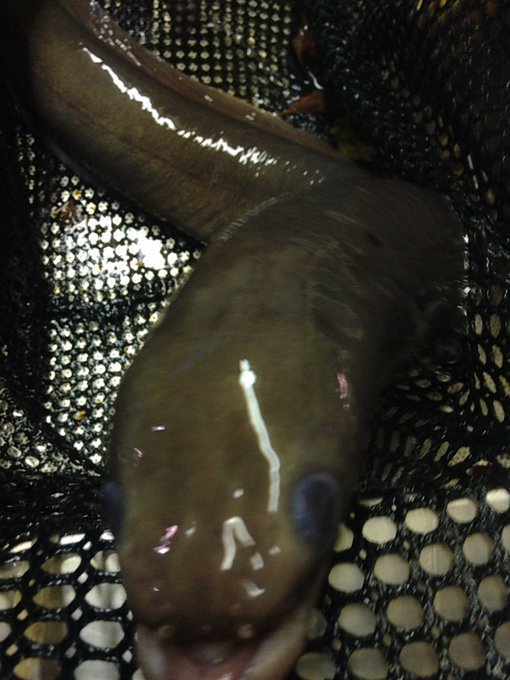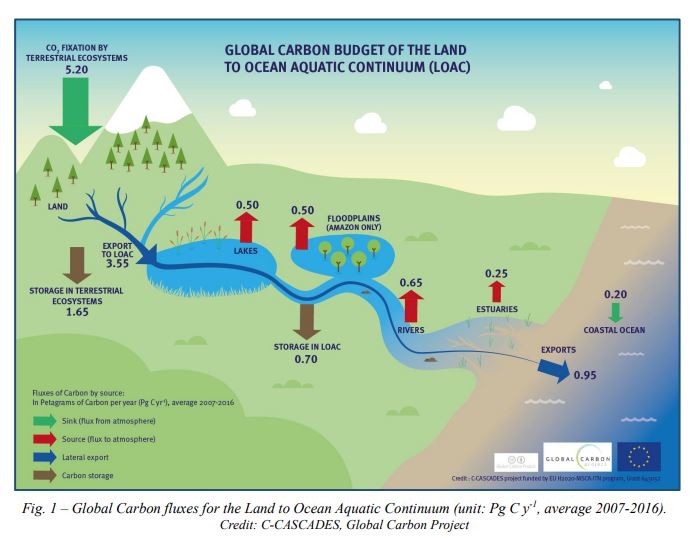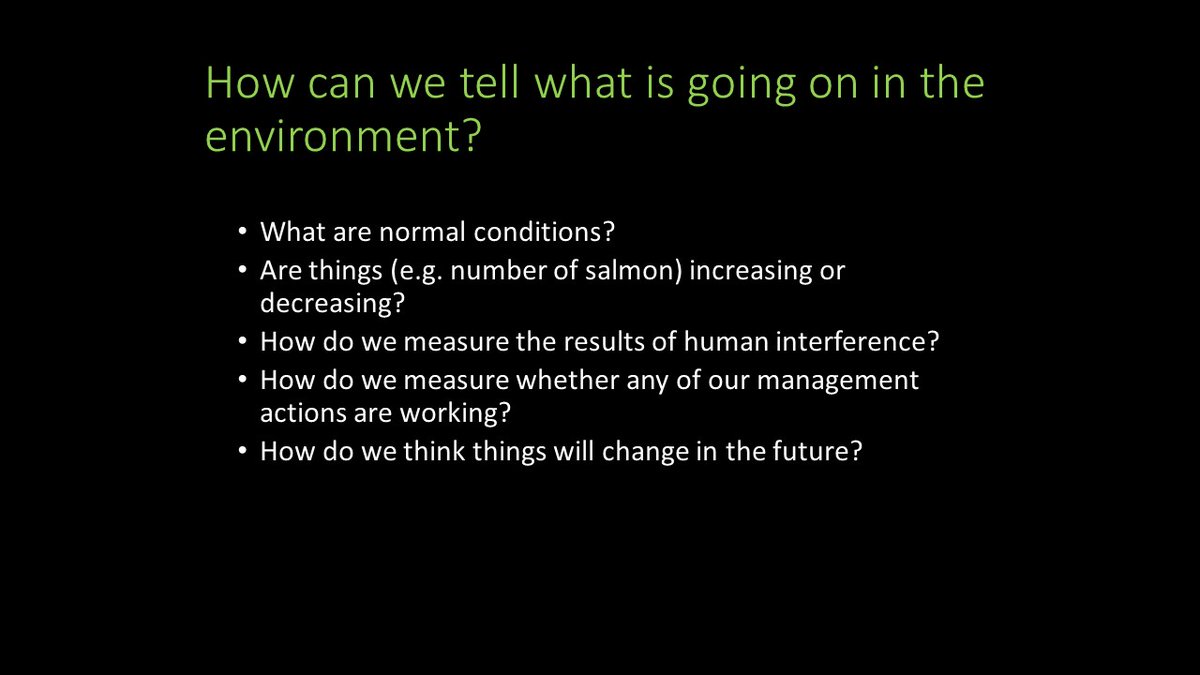
1. Good morning! Early start on Saturdays thread as it’s the weekend 😄 I’m going just do a quick thread today about Lough Furnace, which is the aquatic link between the Burrishoole catchment and the North Atlantic 

2. This aquatic link runs from the Owenduff/Nephin and Bellacorick bog SACs, @WildNephin, down through Furnace and into Clew Bay SAC, very close to the shelf edge, so 🐟moving in and out of Furnace are essentially on a 🛣️between #Biodiversity hotspots @npwsBioData @MarineInst 

3. The lake is actually a coastal lagoon, which is a rare, designated habitat (Code 1150). Some of you might be familiar with e.g. Loch Hyne and the salt lake near Clifden. Very detailed information from Brenda Healy on this habitat here from the 1990s: npws.ie/sites/default/…
4. Its quite difficult to make generalisations about coastal lagoons, as their ecology is determined by how much tidal influence these is. Furnace has a tidal range (at its north end) of only 0.3 m at spring tides in comparison to 3.5 m in Outer Clew Bay bit.ly/3FpVplZ 

5.As well as the tide coming in and going out through Burrishoole bridge (which the @mayogreenway crosses)........ greenway.ie
@mayogreenway 6.….Furnace also gets a lot of water from upstream Lough Feeagh 🌊🌊🌊🌧️🌧️🌧️
https://twitter.com/edeeyto/status/1277645842602696707?s=20&t=k54yxT6sGf1Zkdr97WZGmA
7. As salt water is heavier than freshwater, and Furnace is receiving both, the lake itself is permanently stratified, meaning it has a top layer of freshwater and a bottom layer of saltwater. Rather like a tequila sunrise (before you mix it) 🍸 

8. This is called a #meromictic lake, meaning the two layers of the lake never fully mix. This is a graph of the water column in 2021, with red bottom layer showing relatively high salinity, and the top layer in blue being nearly freshwater 

9. Because of this boundary between the two layers, the bottom layer is totally separated from the air, and doesn’t get much oxygen, so its hypoxic (very low oxygen) for most of time 

10. It also means that the top layer warms up really fast (as its very shallow) in the summer and cools down in the winter, whereas the bottom layer stays about the same temperature all year around (temp graph) 

11. During heatwaves, the top layer gets really hot, particularly if there has been little rainfall in the preceeding weeks, and hence very little freshwater coming down from the catchment. Good for 🏊♀️🏊♀️, bad for 🐟🐟
https://twitter.com/edeeyto/status/1417919872735092736?s=20&t=8GiFCl-dCFRQy5XYXj_x9g
12. Every so often, the combination of drought in the upper catchment and a high tide will allow a flush of water to come in from Clew Bay and refresh the bottom layer. We can see this in this graph of #oxygen (mg/l). The grey bits in 2010 and 2013 at the bottom show a “refresh” 

13. This phenomenon was described by @S_O_Ceallaigh during his PhD. It is an relatively unpredictable event which no doubt has implications for the ecology of the lagoon aslopubs.onlinelibrary.wiley.com/doi/full/10.10…
@S_O_Ceallaigh 14. @S_O_Ceallaigh did a huge amount of work deciphering the currents in and out of the lake, along with his colleagues in the @marinst (here's D. Sweeney 🙂) and @EOS_NUIG
Technical wizardry was used in this work

Technical wizardry was used in this work


15. Much of our knowledge about Lough Furnace has come from our automatic station, moored in the center of the lake. It has a set of sensors on a winch, which go up and down 4 times a day, gathering all the data described above @ElizabethRyder7 @MarineInst
📸M. Dillane
📸M. Dillane

16.This is amazing piece of equipment, designed, built and maintained by our long term colleague Martin Rouen Lakeland instrumentation, seen here in the middle with M. Dillane and M. Murphy who also do great work keeping this thing going
https://twitter.com/edeeyto/status/895283162967945217?s=20&t=8GiFCl-dCFRQy5XYXj_x9g
17.These sensors on the winch also measure the phytoplankton abundance and we were able to work out that most of the phytoplankton in this lake hang out around that boundary layer, a couple of meters below the surface
sciencedirect.com/science/articl…
sciencedirect.com/science/articl…

18. The #Plankton in Furnace are a curious mix of freshwater and marine species, sometimes causing blooms of #Dolichospermum
(left) or #Prorocentrum (right)

(left) or #Prorocentrum (right)


19. We also get large numbers of these really cool little #dinaoflagellates, Heterocapsa, at certain times of the year 

20. We know that Lough Furnace hasn’t always been meromictic, with a connection to the sea. Its actually a fairly recent event, resulting from #SeaLevel rise about 4000 years ago, which was worked out using #Palaeolimnology by F. Cassina and @CathDalt
sciencedirect.com/science/articl…
sciencedirect.com/science/articl…
@CathDalt 21. There is a huge amount more to learn about Lough Furnace. It’s a fascinating lake from a biological and chemical perspective, the characteristics of which will undoubtedly change rapidly with #SeaLevel rise and #ClimateChange.
22.A group in @MfrcATU are currently finishing up a detailed description of the foodweb of Furnace which will be really informative. This is a great poster from @CrabsandCrafts @TheConorGraham @LucaMirimin @HeatherLally @DrJoseMFarinas @MartinGammell
https://twitter.com/CrabsandCrafts/status/1347498034381336577?s=20&t=8GiFCl-dCFRQy5XYXj_x9g
@MfrcATU @CrabsandCrafts @TheConorGraham @LucaMirimin @HeatherLally @DrJoseMFarinas @MartinGammell 23.Meanwhile, the @EPAResearchNews funded @riverflux2sea project is looking at some of metal reactions that take place along that boundary layer.
@RyanInstitute @RkNadee @SheenaFennell
@RyanInstitute @RkNadee @SheenaFennell

24.I'll leave you with this video of Furnace in all weathers, thanks to @lesleyknoll @GLEONetwork for putting it together . Tomorrow is my last day, and I will use it to tell you about our #PearlMussels
https://twitter.com/lesleyknoll/status/1079738436410474496?s=20&t=8GiFCl-dCFRQy5XYXj_x9g
• • •
Missing some Tweet in this thread? You can try to
force a refresh

















